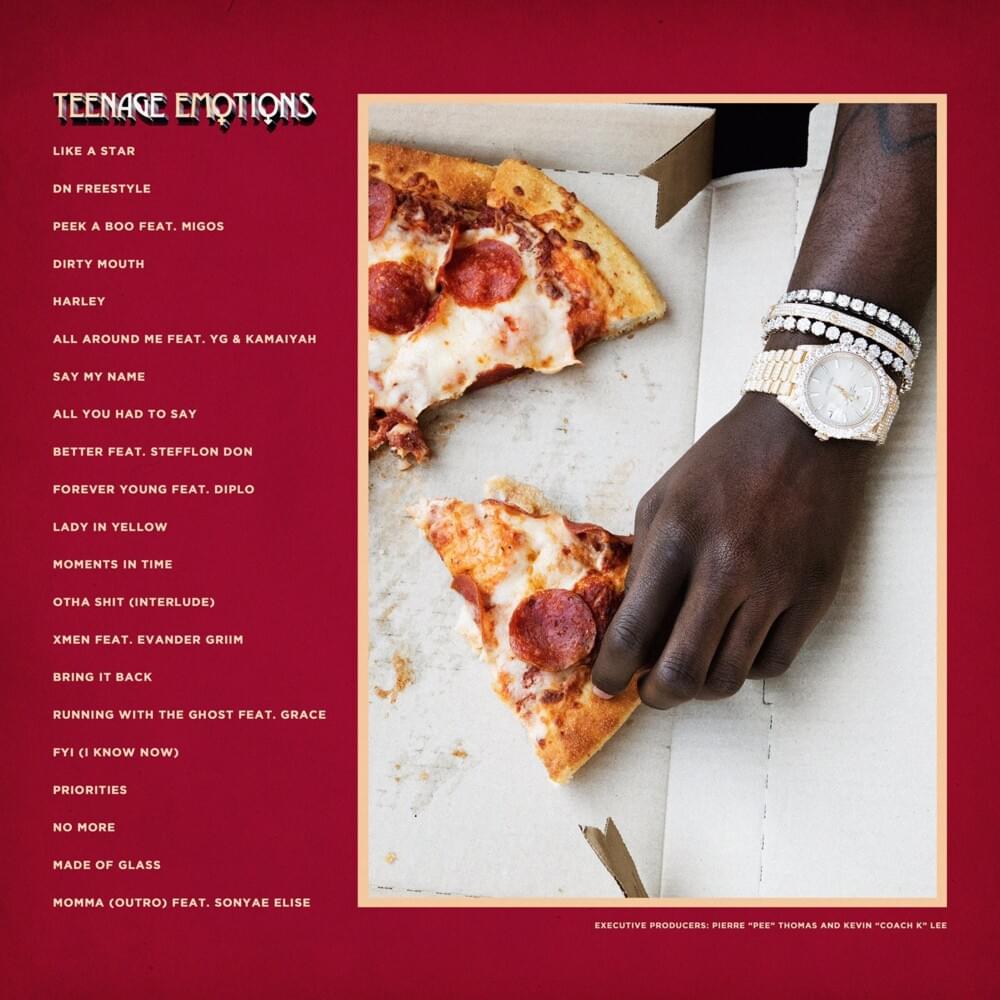
Comfort in the Chaos: A Dive into Pixar’s Inside Out 2
When a studio becomes synonymous with animation excellence, expectations soar into the stratosphere. For Pixar, the benchmark has always been set high, with classics like Toy Story 2 and Wall-E paving the path for animated storytelling that transcends generations. So, it comes with mixed emotions that we return to the cerebral construct of Inside Out, ten years after its original release, with the newly here’s sequel titled Inside Out 2.
Exploring the emotional growth of Riley in Inside Out 2.
A Nostalgic Return to Riley’s Mind
In this sequel, we find Riley, now a teenager played by Kensington Tallman, embarking on a journey familiar to many—navigating the labyrinth of adolescence. This film gracefully sidesteps the perilous pitfall of attempting to undo the character development of the previous installment; rather, it embraces the natural evolution of its characters. The returning emotions—Joy, Sadness, Anger, Fear, and Disgust—face new challenges as they grapple with Riley’s burgeoning Belief System. Just as importantly, new emotions enter the realm, namely Anxiety, Envy, Embarrassment, and Ennui, seamlessly enriching the narrative landscape of Riley’s mind.
High Expectations and the Pressure of Legacy
Pixar’s track record with sequels has always been a topic of heated discussion. Films like Cars 2 or Finding Dory often left fans yearning for the charm and depth found in their predecessors. In contrast, Inside Out 2 bravely presents an opportunity to deepen our understanding of mental health through Riley’s growing experiences. The complexity of adolescence introduces layers—a refreshing backdrop that supports the established emotional characters without causing stagnation in their development.
Storytelling and Humor
The screenplay, adequately credited to Meg LeFauve and Dave Holstein, succeeds in crafting a dynamic experience brimming with humor and heart. In each transition within Riley’s mindscape, viewers encounter cleverly constructed puns and visual gags, reminiscent of the magical storytelling that originally captured our imaginations.
One memorable sequence features a “sar-chasm”, representing sarcasm, with a fun visual twist—echoing everything said across it back in a sarcastic tone, brilliantly illustrating the complexity and humor of teenage interactions. This light-hearted yet poignant humor enables the film to touch on significant topics like mental health, pressure, and identity without feeling overly heavy-handed.
 Riley grapples with her teenage struggles in Inside Out 2.
Riley grapples with her teenage struggles in Inside Out 2.
A Fresh Perspective Yet Familiar Vibes
Though the sequel’s director, Kelsey Mann, steps into the role with a seasoned background at Pixar, he does so under the enormous weight of expectations. While Mann preserves the original film’s vibrant aesthetics—emphasizing classic Pixar charm—there’s a noticeable desire among audiences for innovation in the animation style. Despite this, Inside Out 2 serves as a timely reminder of the emotional connections that Pixar has fostered over the years. It’s a comfort watch, meant for audiences seeking nostalgic familiarity amidst new narratives.
Satyabhama: The Struggles of a Gritty Cop Drama
In stark contrast to the animated brilliance showcased in Inside Out 2, Kajal Aggarwal’s Satyabhama emerges tethered to a narrative that, while ambitious, fails to deliver the promising potential of a taut cop thriller. Directed by debut filmmaker Suman Chikkala, the film mired with predictable twists, attempts to weave personal drama into its exhilarating premise but comes across as structurally unsound and emotionally lacking.
An intense portrayal of a female cop in Satyabhama.
A Heroic Cop with Little Impact
Aggravated by the lack of depth in its narrative, the film follows ACP Satyabhama (Agarwal), whose fervent dedication leads her from wedding plans to the frontline of a crime investigation upon the murder of a young woman she vowed to protect. While the theme of a strong female lead is commendable, the film’s inability to break away from conventional tropes dilutes its impact. The supporting characters, including a few shiny prospects like Prakash Raj and Nagineedu, are left susceptible to weak writing, failing to lend any substance to an already bogged-down plot.
Missed Opportunities
Despite its decent premise, Satyabhama suffers from a disjointed screenplay that indulges in unnecessary filler, diverting attention from the main narrative thread. Chikkala tries to grapple with heavy topics like domestic violence and missing persons but barely scratches the surface, leading viewers to disconnect from its supposed emotional weight—leaving the audience wondering about its true intentions. One cannot help but muse, if such serious issues were addressed more robustly, could it have elevated Satyabhama from a forgettable viewing experience to a meaningful exploration of its themes?
The Verdict
In a world where animation and film uniquely intersect, both Inside Out 2 and Satyabhama stand as representations of their respective genres. Pixar’s sequel offers warmth and nostalgia while gently nudging its audience towards understanding complex emotions, making it a victory in the realm of animated storytelling. On the other hand, Satyabhama embodies a cautionary tale for film creators who must balance ambition with execution—a reminder that timely themes can fall short without substantial storytelling.
As moviegoers, whether looking for emotional comfort or the thrill of a gripping tale, there remains a landscape rich with storytelling potential; it just requires the right mix to translate those ideas into memorable cinematic experiences.
Final Words
Both films underscore the art of storytelling, whether through the emotional growth of a beloved character or the struggles of a complex cop. Ultimately, these narratives remind us of the power of film, exploring what it means to truly feel and engage with the world around us.















